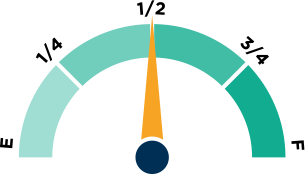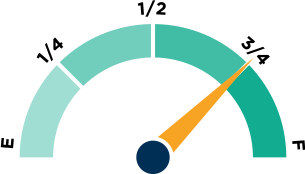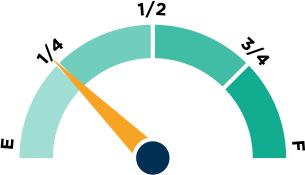Massachusetts
Rank
Massachusetts, ranked 37th with a D-, flickers with potential. Localized innovation shines, but charter caps and restrictive regulations lock most families out of meaningful choice in the Bay State.
Massachusetts is in a rut, having once had a robust law that gave life to some of the best charter schools in the country, in Boston and beyond. With little or no growth at all now, the Bay state has the twenty-fourth strongest charter law in the nation.
Massachusetts supports personalized learning through initiatives like Massachusetts Personalized Learning Edtech Consortium (MAPLE), while proficiency-based diplomas haven't been implemented, but CTE programs allow students to tailor their learning towards...

Governor Healey is following the same path on which she started a year ago, which means little to no effort to look creatively at the problems Massachusetts families face with their traditional public schools. Perhaps a dose of parent power is needed to shake...
Massachusetts has no private school choice programs.
States like Wyoming (+30), North Dakota (+18), and Texas (+15) made the largest leaps in offering Parent Power in the 2025 Index—proving that bold policy change drives real progress for families!

Massachusetts provides crisp and transparent school data. School and district report cards are easily accessible from the Massachusetts Department of Education homepage using the dropdown menu, then by going under the “Data and Accountability → School and...

One of many data points to assess whether a state has the right policies in place to ensure teacher quality is the "use of student achievement data in teacher preparation accountability." How empty or full the fuel tank above is will give you the answer for your state.

"The Massachusetts Constitution contains an extremely restrictive Blaine Amendment. The Massachusetts Supreme Court has interpreted that Blaine Amendment broadly and allowed public funds to flow to private school students only under the federal Individuals...